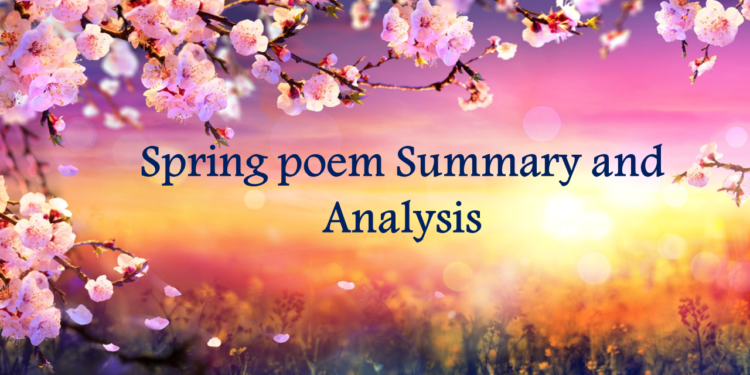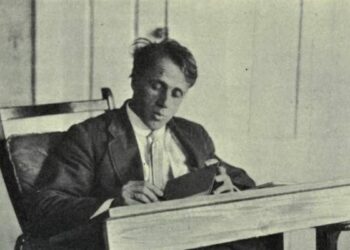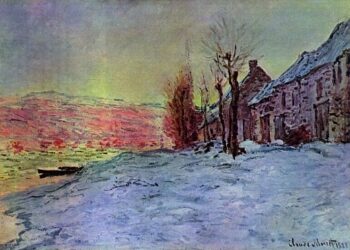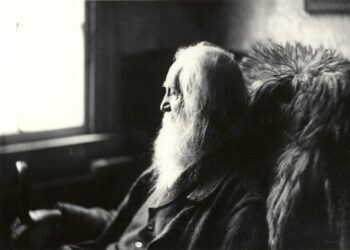Spring poem Summary and Analysis
Spring Summary and Analysis, What is the main idea of the poem spring Edna St. Vincent Millay?, What is the main message of the poem?, How does the poet describe spring?, What is the tone of the poem?, Analysis of Spring by Edna St. Vincent Millay,
The poetry Spring by Edna St. Vincent Millay explores the deep complexity of human desire and the never-ending search for meaning, going beyond the traditional celebration of the season. Famous for her ability to write poetry and her reflective approach, Millay creates a story that subverts the surface appeal of springtime’s rebirth and invites readers to consider life’s more profound questions.
Spring poem Summary and Analysis-The poem challenges us to reevaluate the meaning of spring’s arrival and to ponder if sensory experiences and natural beauty are sufficient to satiate the core desires of the human spirit. It does this by employing vivid imagery and persistent introspection. We go on a poetic trip through the lines of “Spring,” one that invites us to examine the complex layers of life’s cyclical patterns and promotes reflection.
Spring poem Summary
To what purpose, April, do you return again?
The speaker questions the purpose of April’s return, perhaps implying a sense of skepticism or contemplation about the season’s significance.
Beauty is not enough.
The speaker asserts that mere beauty is insufficient, suggesting a deeper longing or need beyond the visual appeal associated with spring.
You can no longer quiet me with the redness
The speaker reflects on the inability of the color red, traditionally associated with passion or intensity, to pacify or subdue her.
Of little leaves opening stickily.
The mention of leaves opening “stickily” evokes a sense of new growth and rebirth, possibly indicating the discomfort or awkwardness associated with change.
I know what I know.
The speaker asserts her self-awareness and knowledge, emphasizing a sense of certainty or understanding.
The spikes of the crocus.
Reference to the crocus, a spring flower, highlights nature’s renewal and the emergence of vibrant colors after winter.
The smell of the earth is good.
The speaker appreciates the earthy fragrance associated with spring, suggesting a positive connection to nature.
It is not enough to conquer the earth.
Acknowledging the earth’s conquest may imply a desire for more profound accomplishments or fulfillment beyond mere material achievements.
The sprung bulbs, the tubers of the bulbs lined with little white skulls.
Imagery of bulbs and white skulls introduces a contrasting element, possibly alluding to the darker, inevitable aspects of life even in the midst of renewal.
Odorless flowers.
The mention of odorless flowers introduces an intriguing contradiction, challenging conventional expectations associated with blooming flowers.
Also Read-
- The Emperor of Ice-Cream Poem Summary and Themes
- My Grandmother’s House Poem Summary and Analysis
- Let America Be America Again Poem Summary line by line
I know what I know.
A repetition of the earlier assertion, emphasizing the speaker’s self-assuredness.
Is it not enough for the eyes and the nose?
The speaker questions whether sensory experiences alone, like those of sight and smell, are sufficient for true satisfaction.
Only the body of the flowers.
The focus shifts to the physical form of the flowers, possibly suggesting a need for deeper, more substantive connections or experiences.
But what in the root of the bulb?
The speaker delves into the metaphorical “root” of existence, hinting at the importance of understanding the fundamental aspects of life.
It is not enough to escape, to kiss the lip, to make love, and run
The speaker implies that momentary pleasures or escapism are insufficient, suggesting a desire for more enduring and meaningful connections.
To the world.
Despite the desire for more profound experiences, there is a recognition of the need to engage with the world.
To what purpose, April, do you return again?
The poem concludes with a repetition of the initial question, inviting reflection on the cyclical nature of seasons and the ongoing quest for purpose or meaning.
Spring poem
Conclusion
Spring poem Summary and Analysis-Edna St. Vincent Millay’s “Spring” is a contemplative and introspective poem that delves into the complexities of human experience in the context of the spring season. Through vivid imagery, metaphor, and repeated questioning, the speaker grapples with the idea that the external beauty of nature and fleeting pleasures may not be enough to satisfy a deeper longing for meaning and connection. The poem invites readers to reflect on the cyclical nature of life, the limitations of sensory experiences, and the ongoing quest for purpose.
Millay’s exploration of the contradictions inherent in the renewal of spring, juxtaposed with darker imagery, adds layers of complexity to the poem. The speaker’s desire for something beyond the superficial and transient highlights a yearning for a more profound understanding of life’s essence.
Spring poem Summary and Analysis-In essence, “Spring” prompts readers to consider the deeper dimensions of existence, challenging conventional notions of satisfaction and urging contemplation on the root of human desires and experiences.Spring Summary and Analysis, What is the main idea of the poem spring Edna St. Vincent Millay?, What is the main message of the poem?, How does the poet describe spring?, What is the tone of the poem?, Analysis of Spring by Edna St. Vincent Millay,
FAQ:
1. Who is the author of “Spring”?
“Spring” is a poem by Edna St. Vincent Millay, an American poet and playwright known for her lyrical and introspective works.
2. What is the central theme of the poem?
The central theme of the poem revolves around the speaker’s contemplation of the renewal of spring and the quest for deeper meaning and connection beyond the surface beauty of nature.
3. What does the speaker question in the poem?
The speaker questions the purpose of the return of spring and the adequacy of sensory experiences and external beauty in satisfying deeper longings for meaning and connection.
4. What is the significance of the imagery in the poem?
Millay uses vivid imagery, such as the opening leaves and odorless flowers, to convey the sensory aspects of spring. The imagery also serves to underscore the speaker’s contemplation of the limitations of these sensory experiences.
5. What does the repetition of “I know what I know” signify?
The repetition emphasizes the speaker’s self-awareness and certainty, suggesting a conviction in her understanding of the limitations of sensory experiences and the desire for something more profound.
6. How does the poem explore the cyclical nature of life?
The repetition of the opening question at the end of the poem, “To what purpose, April, do you return again?” underscores the cyclical nature of seasons and prompts readers to reflect on the continuous quest for purpose and meaning in life.

















